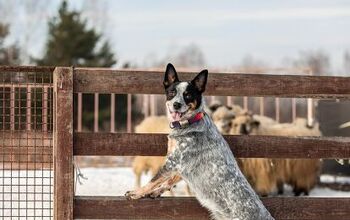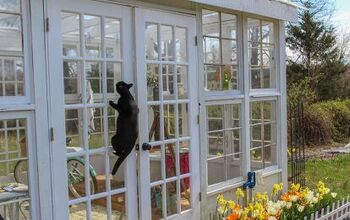Sallander Rabbit


About Sallander Rabbit
Agouti Chinchilla Rabbits and Dutch Thuringer Rabbits were bred by a famous rabbit judge in the 1970s in Holland, and that is when the Sallander Rabbit breed was created. More specifically, the breed has roots within the Salland region in the Netherlands.
Known for its incredible color, the Sallander Rabbit has a small following in the U.S., as it is not yet recognized by the ARBA (American Rabbit Breeders Association). However, the breed is recognized in the U.K. by the BRC (British Rabbit Council).
When this breed was first developed, the kits had a striking appearance, as their coat appeared as though it had been painted by an artist. Because of its beautiful coat, this breed is now making its way into other rabbit breeds, including the Lionhead Rabbit and lop breeds.
In 1975, the Sallander Rabbit was formally recognized, and the breed was then exported to the United Kingdom in the ‘90s. Today, it is rarely seen outside of the U.K. and the Netherlands.
The Sallander Rabbit has a coat that looks like it’s been painted by an artist.
A Sallander Rabbit can be described as fairly stocky and rounded, as well as muscular, cobby, and medium in size.
The neck will be barely visible, as it is short, but the head will be robust and will feature a broad muzzle. The ears should be wide and long, and they will be roughly 4 or 5 inches long. These rabbits also have bright eyes that give them an alert and bold appearance.
When looking at a Sallander Rabbit, you will also notice that the legs are powerful, despite being short.
The coat of a Sallander Rabbit will be one of its distinguishing features, not only because of its coloration, but also because it is soft, dense, and short to medium in length.
The lovely fur of a Sallander Rabbit will feature light gray markings that darken on the belly, flanks, and cheeks.
The nails should be horn or gray in color. The ears, tail, feet, and face should be a deep, dark gray that ends up creating a strong contrast with the light gray that is found across most of the body.
You will also notice a whirling pattern across the fur, making it look as though the animal has been painted.
Sallander Rabbits are known for being lively, active, and skittish.
If your Sallander Rabbit will be living inside your house, you need to set up a dog crate or a rabbit cage that will be quiet, safe, secure, and comfortable for your pet. You can train your rabbit to use a litter tray, and you can rabbit-proof your house so that he can roam freely without destroying your possessions.
Even if your rabbit lives indoors, giving him access to the great outdoors through the use of a secure area in your garden is a good idea. If you are going to have your pet living outside all the time, though, make sure that he has a large hutch in which he can remain comfortable and dry. It should be sheltered from the elements, including direct sun, and it should be secure from predators and easy to keep clean.
Provide your rabbit with a variety of high quality hays, vegetables, and rabbit pellets, and always provide clean, fresh water.
Like other rabbit breeds, the Sallander Rabbit should be protected from extreme temperature changes, fumes, and dust. It is important to keep in mind that these animals are delicate and need to be provided with the right environment where they can be as stress-free as possible.
Also, like other rabbits, the Sallander’s teeth could become overgrown, so it is important to check his teeth regularly. Provide your rabbit with plenty of gnaw toys and fibrous vegetables to keep the teeth worn down to the appropriate size.
Feeding your rabbit the right diet will ensure he will not gain too much weight and become unable to groom himself properly. This will also protect against flystrike, which overweight rabbits become prone to developing.
Rabbits should also be vaccinated against Viral Hemorrhagic Disease (VHD) and myxomatosis, and you can treat your rabbit for fleas, worms, and ticks if he spends time outside. Having your female spayed will prevent uterine cancer, and it will also prevent her from becoming territorial or grumpy while in heat. Males can also be neutered to prevent spraying, especially if they are kept with other rabbits.
Sallander Rabbits typically won’t stay calm when handled.
Sallander Rabbits are known for being lively, active, and skittish. They are not the type of rabbit breed that will stay calm when they are handled, so they are not the best choice for those seeking a family pet that will enjoy snuggling and being held. These rabbits are not a good option for families with young children either, as they do not enjoy being petted.
Despite being skittish, these rabbits are not known for being aggressive. When they are understood and handled properly from a young age, they will exhibit affection towards their human family. For these reasons, it is best to introduce a Sallander Rabbit into your family only if you are experienced in handling, holding, and keeping pet rabbits.

Lisa Selvaggio is a freelance writer and editor, and our resident cats-pert, with certifications in pet nutrition and pet first aid. She enjoys producing content that helps people understand animals better so they can give their pets a safe and happy home.
More by Lisa Selvaggio

























